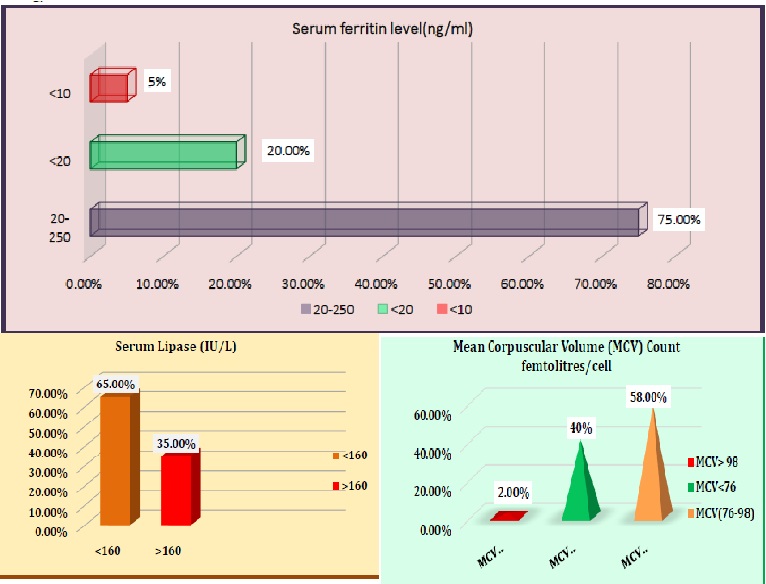Clinicopathological Evaluation of Pandu from Grahani Roga with special references to Haematological Parameters
DOI:
https://doi.org/10.47070/ijapr.v11i12.3054Keywords:
Annavaha srota, GI tract, Grahani, Malabsorption syndrome Pandu, Bhunimba, Andrographis paniculata, Pippali, Piper longum.Abstract
Ayurveda means wisdom or knowledge of life, is the natural holistic system of medicine. The disease Grahani is signified by its nomenclature i.e., incomplete digestion, malabsorption and mal formation of stool. In Ayurveda, Grahani Roga (malabsorption syndrome) is a chronic disease of Annavaha srota (GI tract) vividly explained in our classics. Above the umbilical region Grahani is located, is the seat of Agni (digestive enzyme). Main function of Grahani is to hold undigested food and after digestion it releases the food through the sides of its lumen. But the main cause behind Grahani roga is poor digestive fire and Amadosa (products of impaired digestion and metabolism) as per Caraka Samhita. It is important symptoms are Sukta pakam (fermentation), Muhu baddha muhu dravam (alternate pass of hard and loose stool), Adhman (flatulence), Manasa sadanama (mental frustration) etc. In modern it is correlated to Mal-Absorption Syndrome (MAS). In Grahani Roga the Pittadhara kala fails to recognize the digested and undigested food, often release the undigested food towards small intestine. The insufficient digested food is unable to yield the required Poshak Rasa (plasma) for transformation of Rakta (blood). The person suffers from diminished blood in the system. Hence Grahani patients suffer from Pandu (anaemia). In this present study 60 cases of Grahani roga along with symptoms of Pandu were divided into two groups. Group A (30 patients) were treated with Bhunimba churna. Group B (30 patients) were treated with Pippali churna. The statistical analysis reveals that Bhunimba churna statistically more significant than Pippali churna in the management of Grahani roga and Pandu.
Downloads



